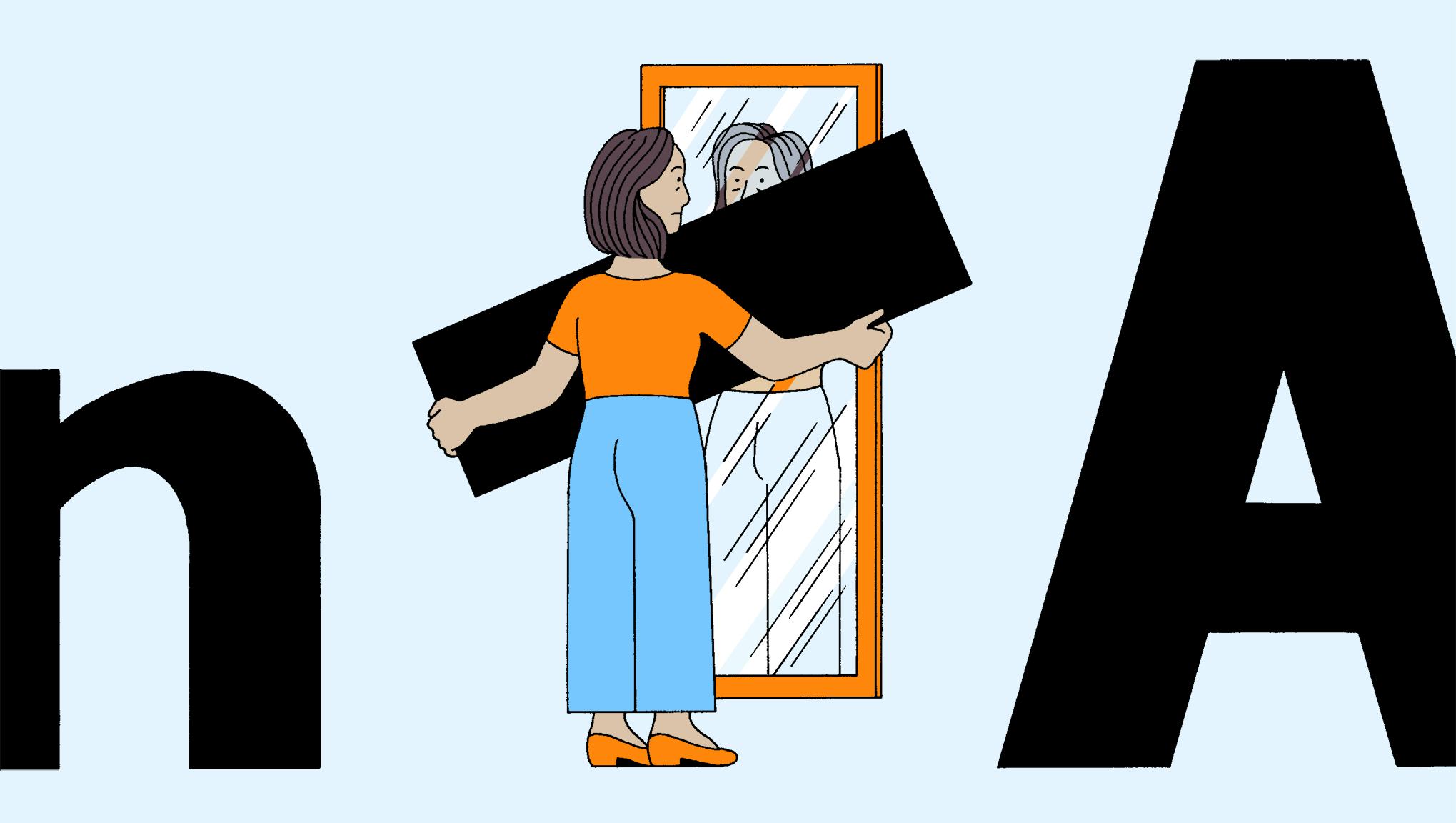
Growing up, my parents were always very clear about who we were. “Your blood is Chinese, so you will always be Chinese; but your nationality, your passport, is American. You can even run for president some day because you are a natural born citizen.” They were proud to give me the best of both worlds.
Nevertheless, when random kids on the playground asked, “What are you?” I instinctively knew to answer, “Californian,” accompanied by a dead stare, daring them to go on.
In college, I moved from calling myself Chinese to American-born Chinese (ABC) to Overseas Chinese. But I did not think of myself as Asian American (or even Chinese American) until I went to graduate school. There, I discovered Asian American literature and learned the history behind the term — as well as the power of solidarity embedded in the various terms that have been used since, including Asian Pacific American (APA), Asian/Pacific Islander American (APIA), Asian American and Pacific Islander (AAPI), and Asian American and Native Hawaiian/ Pacific Islander (AANHPI).
Every time we call ourselves Asian American, we are making a powerful political statement that we are American, and we belong here.
I have been thinking a lot about what it means to use the term Asian American today, especially in the wake of coronavirus-inspired anti-Asian violence across the U.S. The term Asian American was created in 1968, a product of the student movement at the time protesting U.S. imperialism in Southeast Asia and demanding ethnic studies. Emma Gee, Yuji Ichioka, and other student activists coined the phrase as a strategic and unifying political identity across Asian ethnic groups in America — and as an alternative to the derogatory “oriental.”
The term Asian American gained widespread community usage after the grisly 1982 killing of Chinese American man Vincent Chin by white auto workers in Detroit who blamed the Japanese for the troubles of the U.S. auto industry. The killers were fined $3,000 and never spent a day in jail. Such a light sentence for such a brutal killing brought Asian Americans together across ethnic lines, organizing for civil rights and advocating for change. People who had previously identified more strongly with their particular ethnic group realized that distinctions of ethnicity (Korean American, Filipino American, etc.) would not protect them from hate crimes, because racists cannot or do not bother to tell the difference.
Every time we call ourselves Asian American, we are making a powerful political statement that we are American, and we belong here.
Note that there is no hyphen. Asian is an adjective describing American. Last week, The New York Times quietly stopped requiring the hyphen in both noun and adjective forms. The Associated Press Stylebook — the quintessential tome of journalistic copy law — stopped requiring the hyphen in 2019. Before that, BuzzFeed News dropped the hyphen in 2018. The Chicago Manual of Style did so in 2010, while the Los Angeles Times made the change all the way back in 1993.
Merriam Webster explains on its page defining the word “hyphenate” that “in the early 20th century, the noun ‘hyphenate’ referred to a resident or citizen of the U.S. whose recent foreign national origin caused others to question his or her patriotic loyalties — with or without there being just cause for that questioning. These hyphenates — the Irish-Americans, German-Americans, and others — were objects of suspicion.” When the Japanese American Citizens League (JACL) was formally incorporated in 1937, lore has it that the organization intentionally did not use a hyphen in its name because it did not want any suggestion that its members had dual loyalties.
If one is equally Asian and American, then what does it mean to be American?
The reality is that the hyphen does not connect Asian and American, so much as it completely guts what it means to be American. If one is equally Asian and American, then what does it mean to be American? Is it just cowboys, hamburgers, and pizza? Would the Chinese New Year parade, fortune cookies, and Spam musubi – all things that were invented in America — be considered American? What about hula and tinikling; should they be considered American because Hawaii and the Philippines were colonized by the U.S.? Who built the transcontinental railroad — was it American ingenuity, as the white railroad bosses claimed, or the Chinese American laborers who actually laid the track? When Asian American activists protest to end deportations of Southeast Asian American refugees, are they doing this because they are Asian or because they are American?
Asians in America have often been cast as sojourners — people who are here for a time to work or study, and then go back to where they came from. American laws tried to make sure that they did not stay. However, from the earliest usage of the term Chinese American in the 1880s, and later, Asian American in the 1960s, Asians have asserted their place in this country and have made it home. A distinctly Asian American community and culture developed, at first as a political statement, but then organically over time. And now it reaches across ethnic lines to enjoy commonalities, celebrate differences, and stand up for each other.
“American” is not the same type of word that “Asian” is. Asian refers to a specific geography, but American is just an idea. After all, other than Native Americans, Native Hawaiians, and Pacific Islanders, we are all recent arrivals to this place.
And so, like America, Asian America is a construction, a community, a dream. Expansive, inclusive, and aspirational, it gives us the space and power to be, marching up and down the block with our friends, singing and finding joy.







